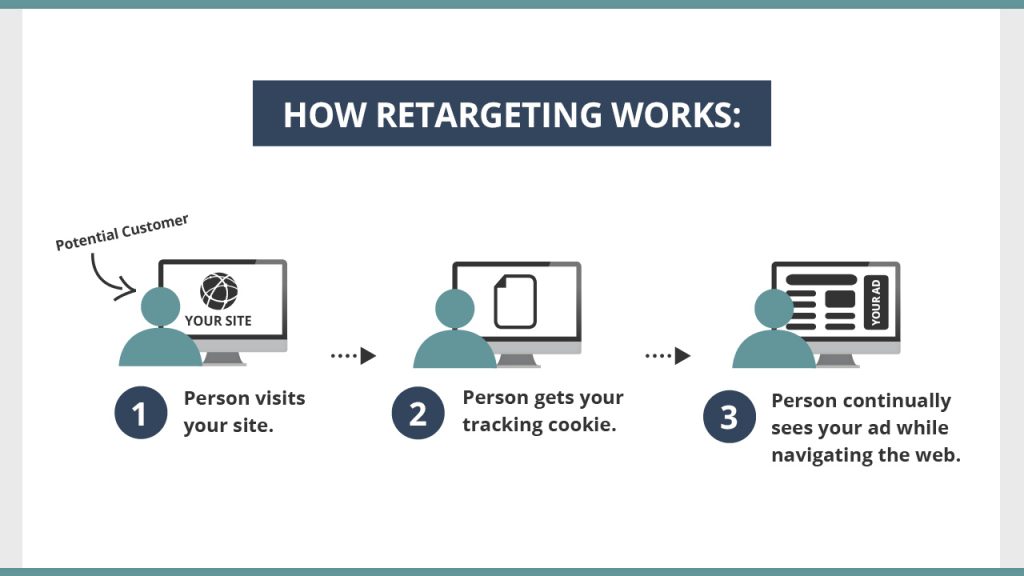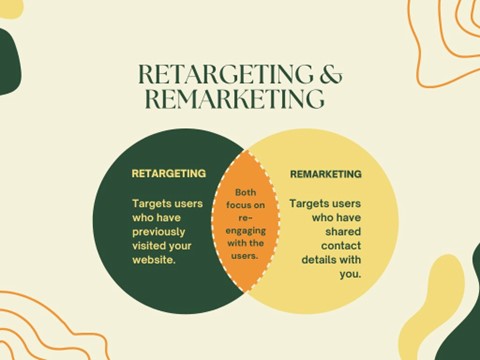Retargeting Advertising: A Step-by-Step Guide to Boosting Conversions

In the highly competitive digital landscape, retargeting advertising is a game-changer. It allows businesses to re-engage visitors who previously interacted with their brand but left without converting. By strategically placing your ads in front of warm audiences, you dramatically increase the chances of turning browsers into buyers.
Below, we’ll guide you through a step-by-step blueprint to execute retargeting campaigns that drive remarkable conversion rates.
What is Retargeting Advertising?
Retargeting advertising is a powerful form of digital marketing that targets users who have visited your website or interacted with your content but did not complete a desired action — such as making a purchase, filling out a form, or subscribing.
Unlike traditional display advertising, retargeting focuses on users who already know your brand, making them more likely to convert when nudged again with tailored messaging.
Benefits of Retargeting Campaigns
- Higher Conversion Rates
Retargeted users are 70% more likely to convert than cold audiences. - Improved Brand Recall
Repetition breeds familiarity. Retargeting helps your brand stay top-of-mind. - Efficient Ad Spend
You’re only spending ad dollars on users who have shown interest. - Increased ROI
Studies show retargeting can yield a return on investment (ROI) of up to 1,300%.
Step 1: Define Your Retargeting Goals
Start by establishing clear, measurable objectives:
- Recover abandoned carts
- Promote product upsells or cross-sells
- Drive repeat purchases
- Increase lead generation
- Improve content engagement
Each goal requires a different approach, so clarity from the beginning ensures strategic alignment.
Step 2: Install Tracking Pixels
To initiate a retargeting campaign, you must implement tracking pixels on your website.
- Facebook Pixel
For Facebook and Instagram retargeting - Google Ads Remarketing Tag
For Google Display Network (GDN), YouTube, and search ads - LinkedIn Insight Tag
For B2B campaigns on LinkedIn
These snippets of code track visitor behavior and allow you to segment audiences based on actions taken.
Step 3: Segment Your Audiences Strategically
Segmentation is the secret weapon of successful retargeting.
Suggested Audience Segments:
- Homepage Visitors
Brand-awareness campaigns work best here. - Product Page Viewers
They’ve shown intent and are ideal for conversion-focused ads. - Cart Abandoners
Offer incentives like discounts or free shipping. - Past Buyers
Upsell or cross-sell with complementary products. - Time-on-Site Metrics
Target highly engaged users who didn’t convert.
Tailor your message according to the user’s behavior to dramatically increase relevance and response rates.
Step 4: Create Compelling Ad Creatives
A retargeting ad should not be generic. Instead, use dynamic content that resonates.
Key Elements of High-Performing Retargeting Ads:
- Strong Headlines that evoke curiosity or urgency
- Personalized visuals reflecting viewed products
- Compelling CTAs (e.g., “Finish Your Order,” “See What You Left Behind”)
- Social Proof, like reviews or ratings
- Time-Sensitive Offers to create FOMO (fear of missing out)
Invest time in A/B testing variations to optimize performance.
Step 5: Choose the Right Retargeting Platform
Different platforms offer unique advantages depending on your goals and audience.
Top Platforms for Retargeting:
- Google Ads
Extensive reach across YouTube, Gmail, and millions of sites. - Meta Ads (Facebook/Instagram)
Perfect for B2C brands with visual storytelling. - LinkedIn Ads
Ideal for B2B services and high-ticket sales funnels. - TikTok Ads
Emerging platform with youthful, trend-savvy audiences.
Run cross-platform campaigns to capture users wherever they go online.
Step 6: Set Frequency Caps and Duration Windows
Avoid ad fatigue by limiting how often your retargeting ads are shown.
- Frequency Cap: 2–3 times per user per day is a good benchmark.
- Retargeting Window: 7, 14, or 30 days depending on the sales cycle.
Be mindful: too many impressions can lead to banner blindness or worse — user annoyance.
Step 7: Use Dynamic Retargeting for E-Commerce
Dynamic retargeting automatically shows customized product ads based on the specific items a visitor viewed.
Platforms that Support Dynamic Retargeting:
- Facebook Dynamic Product Ads
- Google Dynamic Remarketing
- Pinterest Dynamic Retargeting
Benefits include higher relevance, better engagement, and improved return on ad spend (ROAS).
Step 8: Analyze Campaign Performance
Monitor these critical KPIs:
- Click-through rate (CTR)
- Conversion rate
- Cost-per-click (CPC)
- Return on ad spend (ROAS)
- Bounce rate after click
Use tools like Google Analytics, Meta Ads Manager, and Hotjar to understand how users interact with your ads and landing pages.
Step 9: Optimize Continuously
Retargeting is not a set-it-and-forget-it strategy. Constantly refine your:
- Audience Segments: Narrow or expand based on results
- Ad Copy and Creatives: Update to avoid fatigue
- Landing Pages: Ensure seamless user experience
- Budgets: Shift spend toward high-performing segments
Use insights to make data-driven decisions and continuously improve campaign performance.
Step 10: Integrate Email and Retargeting for Omnichannel Impact
Combine retargeting with email marketing to reinforce your messaging and guide users down the funnel.
Examples:
- Send a cart abandonment email, followed by a retargeting ad
- Deliver a discount code via email and reinforce it with ads
- Trigger educational emails based on blog visits, supported by retargeting for lead magnets
The synergy between retargeting and email can significantly amplify results.
Final Thoughts
Retargeting advertising is one of the most powerful tools in the modern marketer’s arsenal. By following this structured approach — from pixel setup to segmentation, dynamic creatives, and ongoing optimization — you can create precision-targeted campaigns that convert prospects into customers at scale.
When implemented with strategic intent and creative excellence, retargeting doesn’t just bring people back — it brings them back to buy.

